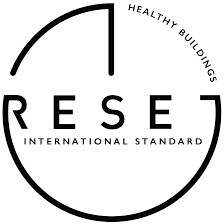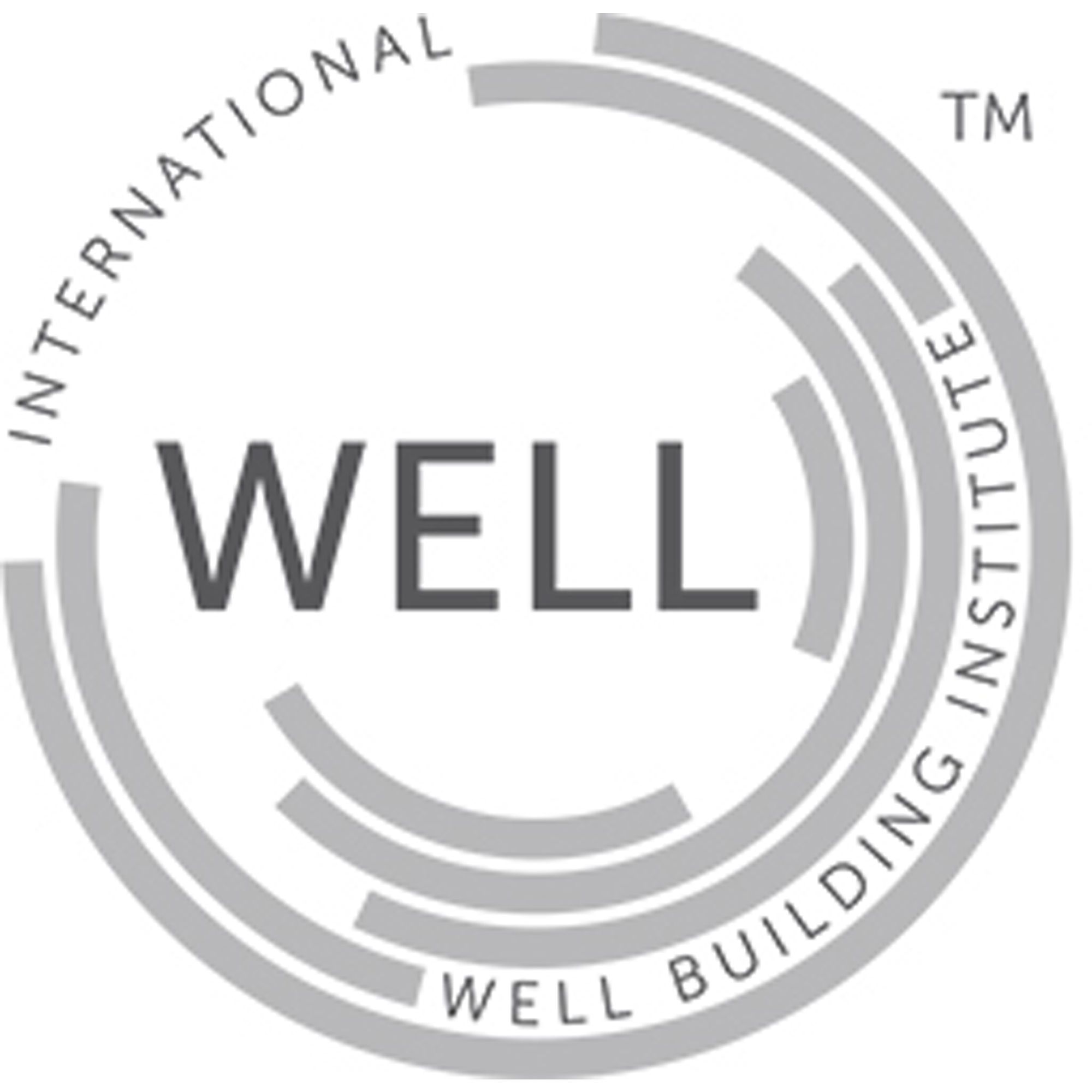Why neglecting office air quality is a risk to your business
The minute the average working professional steps out of their home, they are at risk of breathing highly unclean, polluted air. Commuting definitely increases exposure to harmful air pollutants, but a silent, oft-ignored, yet equally menacing threat is poor indoor air quality within offices.
As per the World Bank and the Institute for Health Metrics and Evaluation (IHME), air pollution costs the global economy $225 billion each year in lost labor income. The report claims that the effect is worse in South Asian nations, where lost labor income equals nearly 1% of the GDP.
Apart from being a severe health risk, poor indoor air quality in offices also impacts the cognitive ability and productivity of employees, making it a key focus area for all businesses.
What causes indoor air pollution in offices?
While there are a number of factors to blame, these are the most common culprits:
- Carpeted floors
- Upholstery
- Lacking ventilation
- Industrial-strength cleaning products
- Infrequent deep cleaning
- Leakages that cause outdoor pollutants to seep indoors
While the likes of cleaning products and air fresheners directly increase the concentration of air pollutants in the indoor environment, factors like upholstered furniture, carpets, and lack of ventilation trap them, thereby exacerbating and prolonging their impact.
1. Particulate matter (PM2.5 and PM 10)
- Accumulation of dust, mold and pollen due to improper cleaning
- Open sweeping
- Perfume worn by employees
- New furniture
- Cleaning products
- Residual tobacco smoke
- Incense sticks
- Air fresheners
2. Carbon Dioxide
- Respiration of Occupants through the day
- Lack of proper ventilation
3. TVOCs
- Construction materials
- Cleaning products and disinfectants
- Paints and solvents
- Air fresheners
- Furniture and carpets
4. Formaldehyde
- Furniture (pressed wood)
- Building materials
- Certain cleaning products and disinfectants
5. Carbon monoxide
- Parking structures
- Cooking in kitchens/canteens
- Residual tobacco smoke
6. Nitrogen dioxide
- Welding activities
- Poorly installed vented appliances
- Residual tobacco smoke
- Fuel-powered devices/equipment
4 ways in which poor indoor air quality impacts businesses
There’s enough and more data that shows how indoor air pollutants can result in a workforce whose mental and physical health is at risk.

1. Sick leaves and absenteeism
The highest expenditure for any organization is its workforce. Sick leaves and absenteeism result in compromised productivity, as well as higher operational costs.
It has been found that particulate matter, especially, contributes to more employees taking sick leaves, as it can cause medical conditions and/or worsen existing ones. In fact, according to a recent, comprehensive global review, air pollution may be affecting every organ and virtually every cell in the human body.
Also Read : Health Impact of PM2.5 and PM10
Another concept that warrants attention is Sick Building Syndrome (SBS). As the name suggests, Sick Building Syndrome is a condition in which people in a building suffer from symptoms of illness or become infected with chronic disease from the building where they work or reside. SBS is caused by VOCs (Volatile Organic Compounds) like benzene, formaldehyde, etc., typically emitted from office supplies like paint, cleaners, disinfectants, and room fresheners. Certain building materials and furnishings, as well as office equipment such as copiers and printers, correction fluid, and carbonless copy paper also contribute to the problem.
In the short term, exposure to these indoor air pollutants can cause employees to experience headaches, nausea, acute eye, nose, and throat irritation, worsening of asthma, as well as the possible loss of coordination. High humidity levels and poor ventilation alone result in the growth of mold, which can trigger allergic reactions, and also contribute to serious conditions such as fungal infections and pneumonitis.
More worrying is the fact that while the damage is immediate, it takes time for symptoms to become noticeable. And so, by ignoring VOCs within your office for prolonged periods, you are putting your employees at serious risk. In addition to the ailments mentioned earlier, these pollutants may also result in memory impairment, visual disorders, central nervous system-related issues, kidney damage, liver damage, and even cancer.

2. Productivity
There’s ample research that suggests that indoor air pollution is not only making your employees physically sick but also less productive. A study investigated the effect of pollution on worker productivity in the service sector by focusing on two call centers in China. By measuring each worker’s daily output alongside daily levels of pollution and meteorology, researchers found that higher levels of air pollution decreased worker productivity.
Analyzing the call center’s personnel records spotlighted a surprisingly robust relationship between daily air pollution levels and worker productivity: On average, a 10-unit increase in the Air Quality Index (AQI) led to a 0.35% decline in the number of calls handled by an employee. The study also found that workers were 5%–6% more productive when air pollution levels were rated as ‘good’ by the Environmental Protection Agency (AQI of 0-50), versus when they were rated as 'unhealthy' (AQI of 150-200).
Another study revealed that high levels of CO2 (carbon dioxide) can make you sleepy at work. Sleepy/groggy employees can’t concentrate 100%, which means dwindling productivity.
Also Read Why is it important to measure CO2 levels?
But how does this prove that improved air quality will have a positive impact on employee productivity? A 2016 study found that employees working in certified green buildings (those that are environmentally responsible and resource-efficient throughout their lifecycle, from planning and design to construction, operation, maintenance, renovation, and demolition) had 30% fewer headache and respiratory complaints. The participants in the study also slept better at night (which was tracked using a wristband measuring sleep quality).

3. Decision-making
Researchers are conducting more and more studies on air pollution to discover its varying impact on decision-making skills and risk aversion. One such study, performed by the Columbia University Mailman School of Public Health, found a clear link between particulate matter and cognition, and how it affected risk-taking behavior, which in turn impacted stock returns.
"The effects are substantial,” shared Matthew Neidell (PhD), a Health Policy and Management professor at Columbia Mailman School. He added, “Wall Street traders appear less willing to take risks on days with elevated air pollution. They shift away from stocks on the S&P 500 and go to safer investments instead."
A study by the Harvard Chan School of Public Health also uncovered the direct and negative impact of CO2 on cognition and decision-making skills. It found that on average, a typical participant’s cognitive scores dropped 21% with a 400-ppm increase in CO2. Another study yielded similar results, citing impaired decision-making and problem-solving as outcomes.
4. Employee retention
Today, employees are empowered. They demand better working conditions and prioritize their comfort at the workplace. There is also greater awareness among employees of how poor indoor air quality can impact their health. In fact, it has become an important consideration amongst professionals who are contemplating a job change, as they spend the majority of their day—a minimum of 8-10 hours—in the office.
A survey pertaining to the tech industry corroborated this sentiment. It found that 93% of employees would stay longer at a company that offered a healthier workplace.

How can businesses make offices healthier for employees?
This requires focusing on three key areas.
-
Monitoring indoor air quality:
The only way to know how healthy your office space is is to regularly monitor indoor air quality. Tracking key parameters like PM2.5 and 10, CO2, VOCs, temperature, and humidity will ensure that you have a good understanding of the problem areas, which is the first step in building a healthier, cleaner workspace.
-
Finding the right solutions:
Based on the concerns found during monitoring, zero in on the right solutions. For instance, demand-controlled ventilation is a great way to address high CO2 levels. Similarly, HEPA filters in your HVAC systems can help with PM levels, and UV and carbon filters can reduce the atmospheric presence of bacteria and VOCs.
-
Making meaningful swaps:
Another important aspect of minimizing indoor air pollution is designing office spaces that support your mission of clean indoor air. For instance, avoid carpets and curtains that can trap dust and minimize/eliminate the use of air fresheners and incense sticks.
Similarly, invest in vacuum cleaners instead of regular (open) sweeping which further pollute the air, and remember to always air out new furniture before bringing it into the office to minimize exposure to air pollutants. Lastly, make small changes like opting for non-toxic paint or carrying out deep-cleaning (using chemicals) only over the weekends when you can increase ventilation and air out the office space before your employees walk through the doors.
-
Publicly sharing and displaying data :
Making indoor air quality data easily accessible to employees will provide transparency and accountability, while also driving employee happiness.
-
1. Continuous air quality monitoring:
By facilitating ongoing, real-time indoor air quality monitoring, Airveda’s solutions assist businesses from start to finish. Organizations can deploy these solutions in their offices to understand areas of concern and then build tailored systems to target them. By collecting data continuously, Airveda also helps you determine how effective your air filtration and distribution systems are at minimizing indoor air pollution.
With Airveda mobile app you can effortlessly monitor air quality on the go, giving you the information you need to make timely decisions about when to wear a mask or take necessary precautions.

-
2. Green building certification:
What’s more, as Airveda’s devices are RESET-certified, they are especially beneficial to those companies looking to secure green building certifications for their office spaces. Visit here to learn more.


-
3. Employee comfort:
Monitoring Additionally, Airveda’s devices optionally have sensors that measure temperature, humidity, light and noise—all of which can be used to improve the office environment, and in turn, elevate employee comfort. Visit here to learn more.
-

4. Airveda Dashboard :
With our advanced dashboards, office managers gain the ability to swiftly pinpoint and resolve issues, ensuring a seamless workspace environment long before employees even become aware of them.
-
5. BMS Integration :
Airveda’s indoor air quality monitoring solutions seamlessly integrate with existing Building Management Systems (BMS) in offices. This functionality helps in optimizing energy consumption significantly. By dynamically adjusting HVAC (Heating, Ventilation, and Air Conditioning) settings based on real-time air quality data, offices can reduce unnecessary energy usage while still maintaining a comfortable working environment for their employees.
-
6. Lastly, via customized television displays:
It showcase real-time indoor air quality, businesses can demonstrate to employees that their health is being prioritized.



How Airveda helps improve indoor air quality
Act now to make your office healthier
The indisputable truth is that indoor air quality is only getting worse. However, the silver lining is that an investment made now will reap benefits for years to come. After all, it can save you from mighty costs incurred on lost productivity, employee turnover, and health insurance.
So, learn how you can take the first step towards nipping this problem in the bud, by reaching out to our team of experts at info@airveda.com

